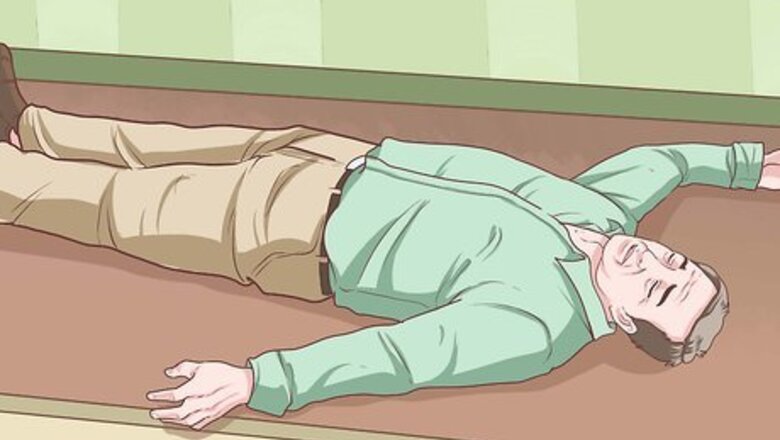
views
X
Research source
Before panicking, however, it is important to know that there are often identifiable risk factors, occasionally warning signs of an impending episode, and always steps you can take to help someone experiencing cardiac arrest.
Responding to Cardiac Arrest
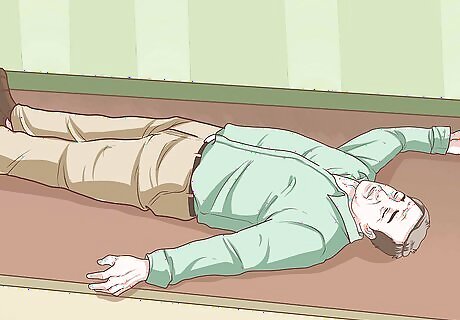
Identify the signs of active cardiac arrest. If you experience cardiac arrest, there is nothing you can do for yourself because you will be unconscious within seconds. You should be aware of the signs of an ongoing cardiac arrest episode and share it with those around you, so that everyone is prepared to act immediately. Someone who experiences cardiac arrest will collapse and become unresponsive almost immediately. She will not respond to taps on the shoulder or verbal commands. Pulse and breathing will be non-existent or extremely faint (with perhaps some shallow gasping for air). The clock begins ticking at once — brain damage can begin almost immediately, and death can occur within four to six minutes.
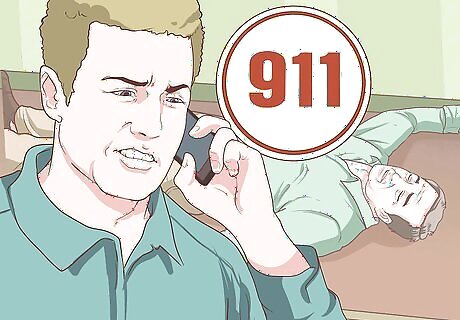
Know what to do if you witness cardiac arrest alone. As mentioned, every second counts with cardiac arrest. If you see someone collapse and note the other signs of likely cardiac arrest, you absolutely must act without delay if you want there to be any chance of saving that person’s life. Anyone, anywhere — including you — can be a lifesaver. If you are alone with the person, do the following: Call 911 or your emergency services number immediately Get an automatic external defibrillator (AED) if one is close by, and use it according to its instructions; Begin “hands-only” CPR, doing forceful chest compressions at 100 to 120 pushes per minute (if you're not sure how fast this is, try doing it to the beat of the Bee Gee's song "Stayin' Alive"). Continue without stopping until emergency help arrives
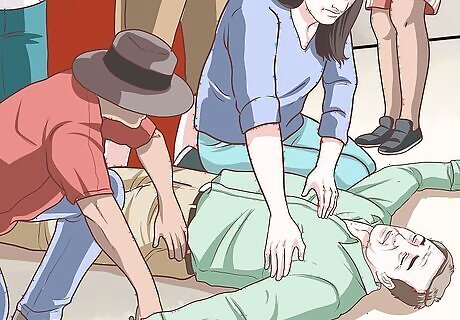
Take charge of a group if you witness cardiac arrest. If you see a person in a crowd collapse from suspected cardiac arrest, and someone who is clearly knowledgeable doesn't immediately take charge, step up yourself and act forcefully. Give specific people clear roles and immediately begin lifesaving procedures on the victim. Now is not the time to be timid, quiet, or polite. When there are other people around: Take charge — order one person to call 911, and another to fetch an AED (assign roles clearly) Start “hands-only” CPR immediately Switch off doing compressions with another available person once you tire Never stop compressions (except when using the AED — and even then, continue until the AED is ready to analyze. Even as they are applying the pads, continue compressions) until help arrives
Identifying Cardiac Arrest Risks and Warnings
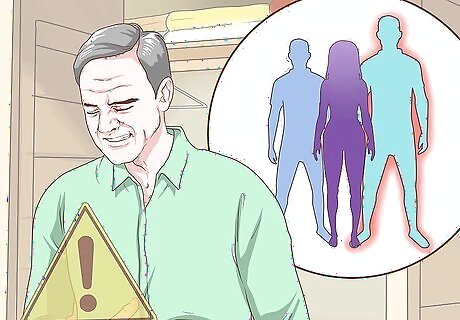
Know the risk factors for cardiac arrest. Roughly half of all people who experience cardiac arrest have no prior warning signs. However, a majority of these people do have identifiable risk factors for the condition. It is therefore essential that you know if you are at elevated risk for cardiac arrest. Cardiac arrest is not the same as a heart attack or coronary heart disease, but it shares many of the same risk factors. These include: Family history Smoking High blood pressure High cholesterol Obesity Diabetes Sedentary lifestyle Excessive alcohol consumption Previous cardiac arrest or heart attack Increased age (65 or older) Male gender (men are two to three times more susceptible) Illegal drug use Nutritional imbalance (such as low potassium or magnesium)
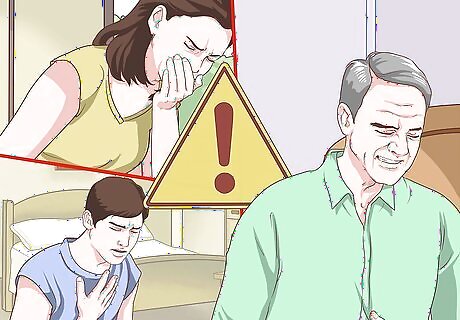
Recognize warning signs of cardiac arrest. While half of people who suffer cardiac arrest have no prior symptoms, the other half do. The problem is that the symptoms can be vague, mild, and often easily ignored as indigestion, the flu, or something else. Especially if you are at an elevated risk for cardiac arrest, do not downplay or ignore potential symptoms. Warning signs of an impending cardiac arrest can occur within 24 hours of the event, and sometimes even up to a month in advance. They can include chest pain; heart palpitations; irregular heartbeat; wheezing or shortness of breath; fainting, lightheadedness, or dizziness; flu-like symptoms (nausea, abdominal or back pain).
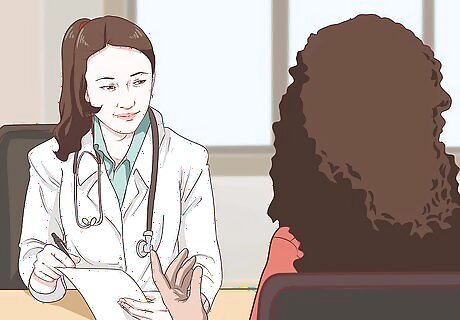
Seek appropriate medical attention. If you are at an elevated risk for cardiac arrest and you are experiencing any of the "warning sign" symptoms in an ongoing fashion, contact emergency services immediately. If you are at elevated risk and experience them episodically, contact your doctor immediately and contact emergency services if necessary. If you are not at elevated risk for cardiac arrest but are experiencing the "warning sign" symptoms, consult your doctor. Do not simply ignore the signs because you assume cardiac arrest cannot happen to you. Even without symptoms or obvious risk factors, it may be a good idea to conduct a risk assessment with your doctor to determine your chances of experiencing cardiac arrest.
Understanding Cardiac Arrest
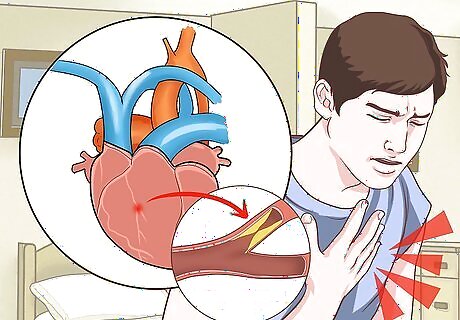
Don’t confuse cardiac arrest with a heart attack. Both conditions impact the heart and can be deadly, but they have different causes. A heart attack is a circulation problem, caused by a blockage that prevents adequate blood flow to the heart. Cardiac arrest is an electrical problem — it involves a malfunction of the heart’s electrical system (an arrhythmia) that regulates the heartbeat, in turn preventing the heart from circulating oxygenated blood properly. A heart attack is like a clogged pipe that prevents food from moving through your garbage disposal; cardiac arrest is like a malfunction that causes the disposal’s motor to stop running food through. By blocking blood flow, a heart attack can trigger cardiac arrest, but doesn’t always do so. Cardiac arrest will not cause a heart attack, because the heart muscle is already stopped. Heart attacks can be mild to severe; cardiac arrest is always severe and extremely life-threatening.
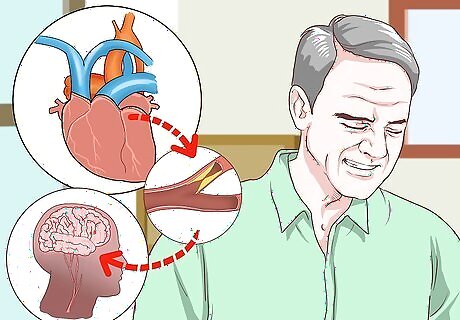
Accept the grim statistics. Sadly, the numbers are not pretty when it comes to cardiac arrest. When it occurs outside of a hospital setting, cardiac arrest is fatal at least 90% of the time, and about half of the time occurs with no warning. That means over 300,000 Americans per year die from such episodes. The brain is affected almost immediately by a lack of oxygenated blood flow that occurs during cardiac arrest. Brain damage can occur within seconds and may be permanent. Death often occurs within four to six minutes if CPR or an AED are not utilized. These measures improve survival odds, but not overwhelmingly. Most cases of cardiac arrest are caused by a heart attack; cardiomyopathy (an enlarged heart); valvular heart disease; electrical problems in the heart, such as long QT syndrome; or a congenital heart defect. Heart defects are the most common cause of cardiac arrest among seemingly healthy children and young adults.
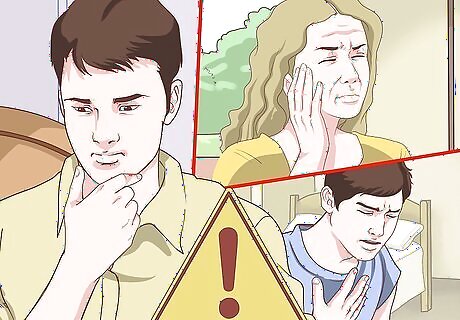
Know that warning signs are not only possible, but important, to identify. Recognizable symptoms occur hours to weeks before cardiac arrest only about half the time, but when they do and are addressed, the survival rate increases substantially. Especially if you are at elevated risk for cardiac arrest, do not ignore warning signs like chest pain, shortness of breath, palpitations, and lightheadedness. According to the Oregon Sudden Unexpected Death Study (2002–2012), only 19% of people who experienced symptoms prior to a cardiac arrest episode sought medical attention. Those who did not seek medical attention had a survival rate of 6%. Those who did seek medical attention had a survival rate of 32%. 20% of that group experienced cardiac arrest in the ambulance on the way to the hospital.
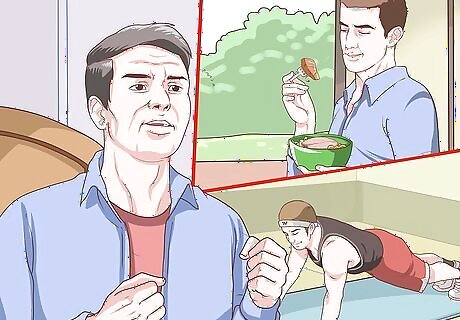
Don’t panic, and be proactive. Despite the worrisome statistics, your odds of experiencing cardiac arrest are low, especially if you do not have one or more elevated risk factors. It is more likely that you will have the opportunity to assist someone else experiencing cardiac arrest, so learn CPR and share your knowledge with others. Living a healthier lifestyle, by eating properly, exercising regularly, not smoking, getting enough sleep, drinking in moderation, and reducing stress can help reduce many of the causes of cardiac arrest. Talk to your doctor about your overall risk for cardiac arrest and other heart problems. Medications that address high cholesterol, high blood pressure, or other aspects of heart health may be right for you. If you survive a cardiac arrest episode, an internal defibrillator may be implanted in your chest. This device can shock your heart back into rhythm if another episode occurs.




















Comments
0 comment